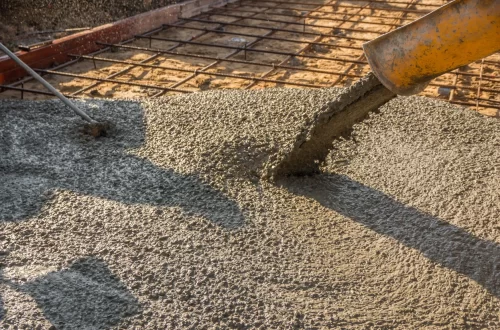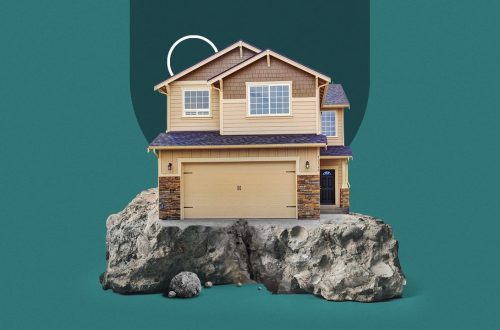Sinkholes represent a significant geological hazard, particularly in regions with karst landscapes such as Florida. Understanding the causes, characteristics, and mitigation strategies associated with sinkholes is essential for homeowners, developers, and policymakers alike. Click here https://www.floridacashrealestate.com/. This case reports analysis delves into the complexities of dealing with sinkholes, exploring various approaches to understanding and addressing geological risks associated with these natural phenomena.
1: Geological Risk Assessment in Residential Communities
Background: A residential community in Florida experienced multiple sinkhole incidents, prompting concerns among residents and stakeholders. A comprehensive geological risk assessment was conducted to identify potential sinkhole-prone areas, assess property vulnerability, and develop mitigation strategies.
Outcome: The risk assessment identified geological indicators of sinkhole activity, enabling proactive measures to be implemented, such as soil stabilization, subsurface drainage systems, and sinkhole monitoring protocols. By addressing geological risks upfront, the community mitigated potential property damage and enhanced resident safety.
2: Engineering Solutions for Sinkhole Remediation
Background: A commercial development site in Florida encountered sinkhole formation during construction, halting progress and raising liability concerns. Engineers employed innovative solutions, including grouting techniques, soil compaction methods, and structural reinforcements, to stabilize the ground and mitigate sinkhole risks.
Outcome: Through collaborative efforts between engineers, geologists, and construction professionals, the sinkhole was successfully remediated, allowing development to proceed safely. The application of engineering solutions minimized project delays and financial losses, demonstrating the effectiveness of proactive intervention.

3: Public Policy and Land-Use Planning
Background: Sinkhole occurrences in Florida have prompted policymakers to enact regulations and land-use policies aimed at mitigating geological risks. A case study evaluates the implementation of sinkhole susceptibility mapping, land-use zoning ordinances, and building code amendments to minimize exposure to sinkhole hazards.
Outcome: By integrating geological risk considerations into land-use planning and development regulations, policymakers enhanced community resilience and reduced the potential for sinkhole-related property damage and loss. The adoption of proactive policies underscored the importance of addressing geological risks at the local and state levels.
Conclusion:
Dealing with sinkholes requires a multi-faceted approach that combines geological understanding, engineering expertise, and policy interventions. Through proactive geological risk assessments, innovative engineering solutions, and strategic land-use planning, stakeholders can mitigate the impacts of sinkholes and promote safer, more resilient communities. By learning from successful case studies and adopting proactive strategies, individuals and communities can better understand and address geological risks associated with sinkholes, fostering greater resilience in the face of natural hazards. Get more here https://www.floridacashrealestate.com/.



